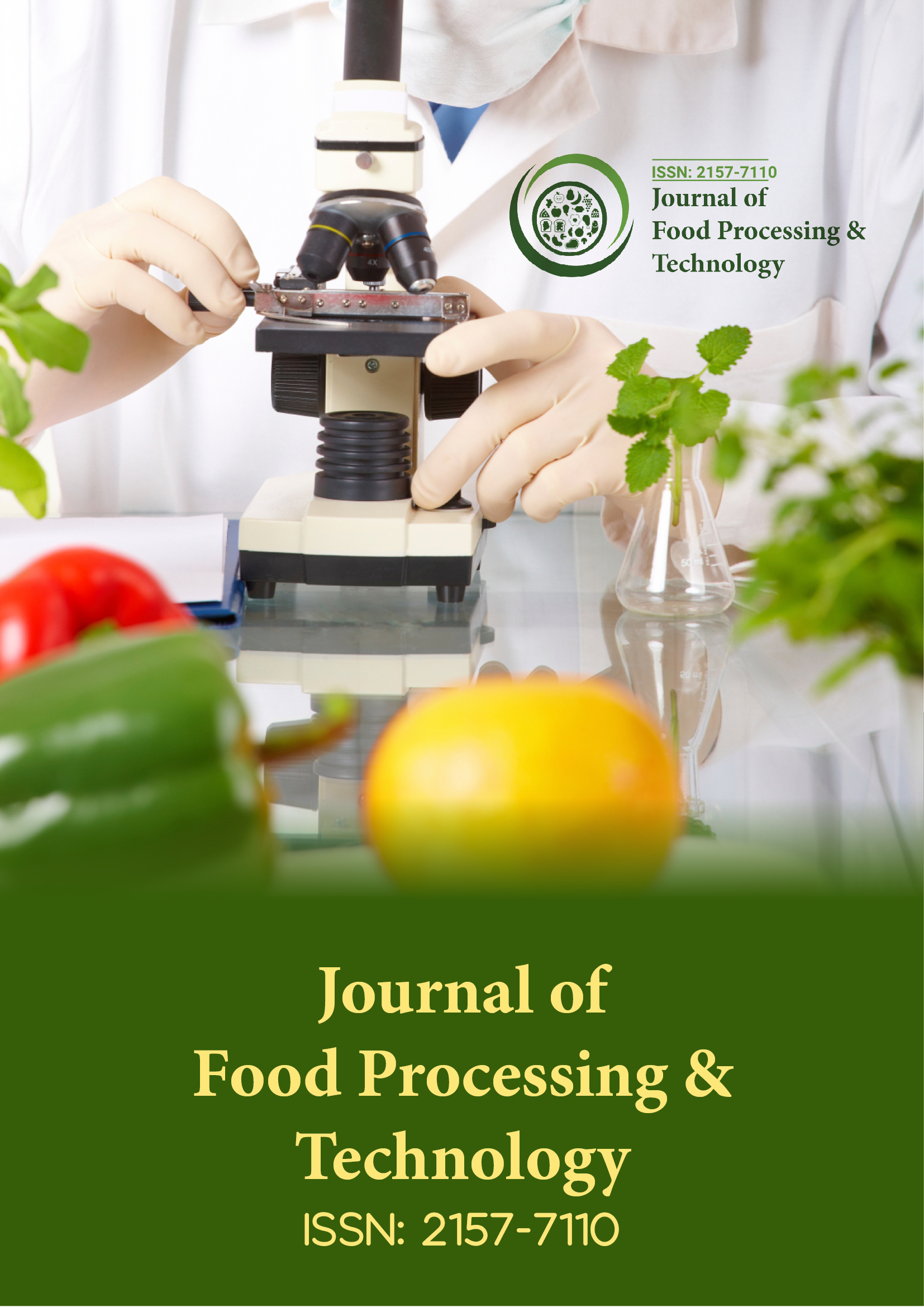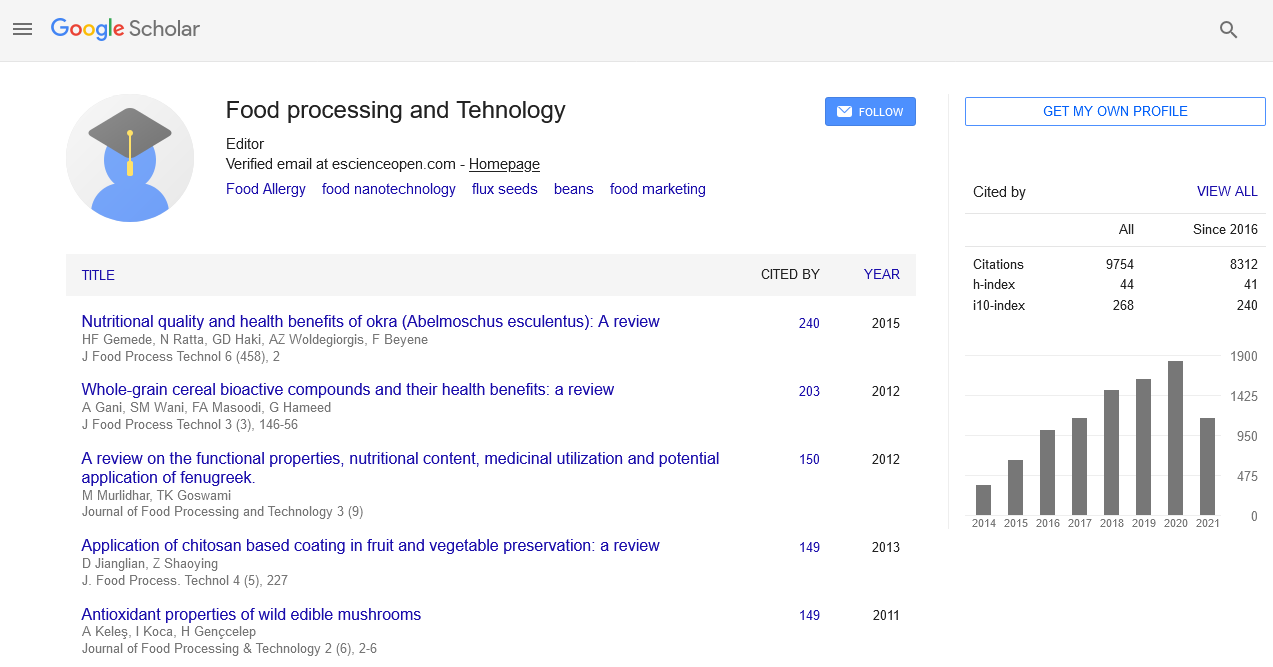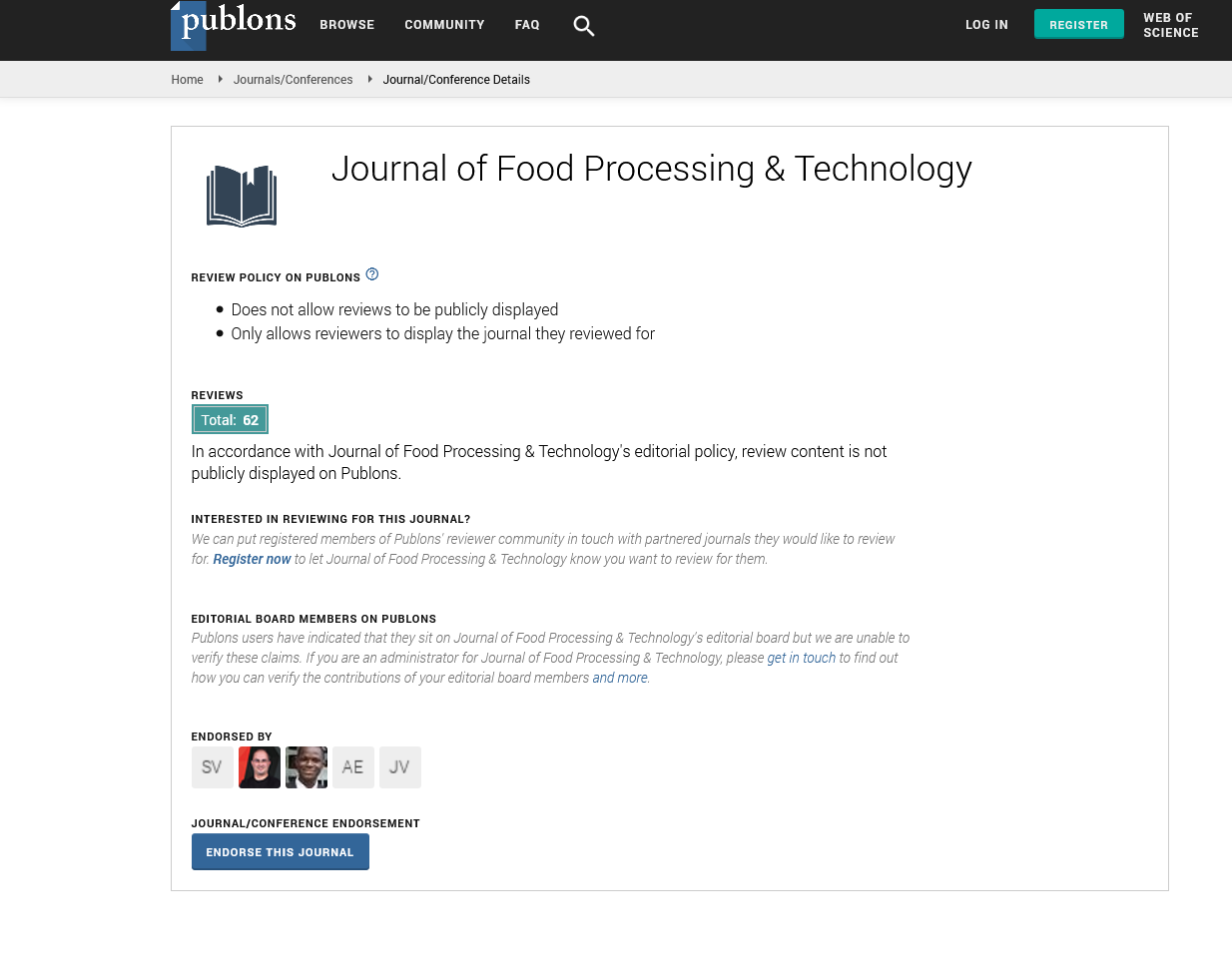Indexed In
- Genamics JournalSeek
- Academic Keys
- JournalTOCs
- China National Knowledge Infrastructure (CNKI)
- Access to Global Online Research in Agriculture (AGORA)
- Centre for Agriculture and Biosciences International (CABI)
- RefSeek
- Directory of Research Journal Indexing (DRJI)
- Hamdard University
- EBSCO A-Z
- OCLC- WorldCat
- Scholarsteer
- SWB online catalog
- Publons
- Euro Pub
- Google Scholar
Useful Links
Share This Page
Journal Flyer

Open Access Journals
- Agri and Aquaculture
- Biochemistry
- Bioinformatics & Systems Biology
- Business & Management
- Chemistry
- Clinical Sciences
- Engineering
- Food & Nutrition
- General Science
- Genetics & Molecular Biology
- Immunology & Microbiology
- Medical Sciences
- Neuroscience & Psychology
- Nursing & Health Care
- Pharmaceutical Sciences
Abstract
Effect of Behaviour Change Communication to Prevent Iron Deficiency Anemia and Hemoglobin Concentration among Children Growth Age 6-59 Months in Central Highland of Ethiopia: Cluster Randomized Control Trial
Abebe Ferede*, Tefera Belachew and Muluemebet Abera
Objective: Although the prevalence of anemia increased according to the recent demographic and health survey report, dietary Behavioral Change Communication (BCC) in the community especially in Ethiopia where not introduced rather than iron supplementation trial among individual children. BCC is important to modify community’s behaviour on intake of iron rich dietary intake of children. This study aimed to assets effect of BCC on haemoglobin concentration among children growth age 6 to 59 months.
Materials and methods: A Clustered Randomized Control Trial (CRCT) was carried out among children age 6-59 months and their index mothers, care givers in Arsi zone, central highlands of Ethiopia from February 2017 to April 2019. “Kebeles” (small administration units) were taken as clusters and randomly assigned to either the intervention or control arm. There was a sufficient buffer zone between the intervention and control clusters to avoid information contamination. mothers (care) givers and their index children were selected from both intervention and control clusters using simple random sampling technique at baseline. Data on the background characteristics and Hemoglobin concentration (Hbc) were collected from children age 6-59 months. Behaviour change communication was given on the intervention clusters for 15 months using explanatory poster and demonstration method. At the end line blood sample was taken from the same children and Hbc was determined using HemoCue Hb 301 analyzer. Descriptive statistics and a Generalized Estimating Equations (GEE) models were fitted to isolate independent predictors haemoglobin concentratuion.
Results: The mean (± sd) Hbc level was 143 g/L ± 1.6 g/L and 148.34 g/L ± 14.91 g/L for the intervention and control groups had 130.73 g/L ± 14.92 g/L. The difference of differences in the mean haemoglobin level was 7.69 for the intervention and 3.81 for the control (P=0.001). On generalized estimating equations analyses model after adjusting for the background variables the intervention group had increased Hbc by 9.93 mg/dl (β=9.93, P<0.05). Similarly, height for age Z-score was positively associated with Hbc mean level (β=7.151, P<0.05). The othyer variables positively associated with Hbc were: Consumption of organ meats in week (β=5.352, P<0.05) and not using cow milk as complementary food exclusively (β=8.110, P<0.05) and introduction of complementary food at age of 6th of children (β=4.031, P<0.05).
Conclusion: The study demonstrated positive effect of behaviour change communication on haemoglobin concentration of children implying the need for the galvanizing efforts to disseminate nutrition behaviour change communications to mothers and care givers of the underfive years old children to curb the increasing concern of anemia among these target group.
Published Date: 2024-08-12; Received Date: 2020-04-14


